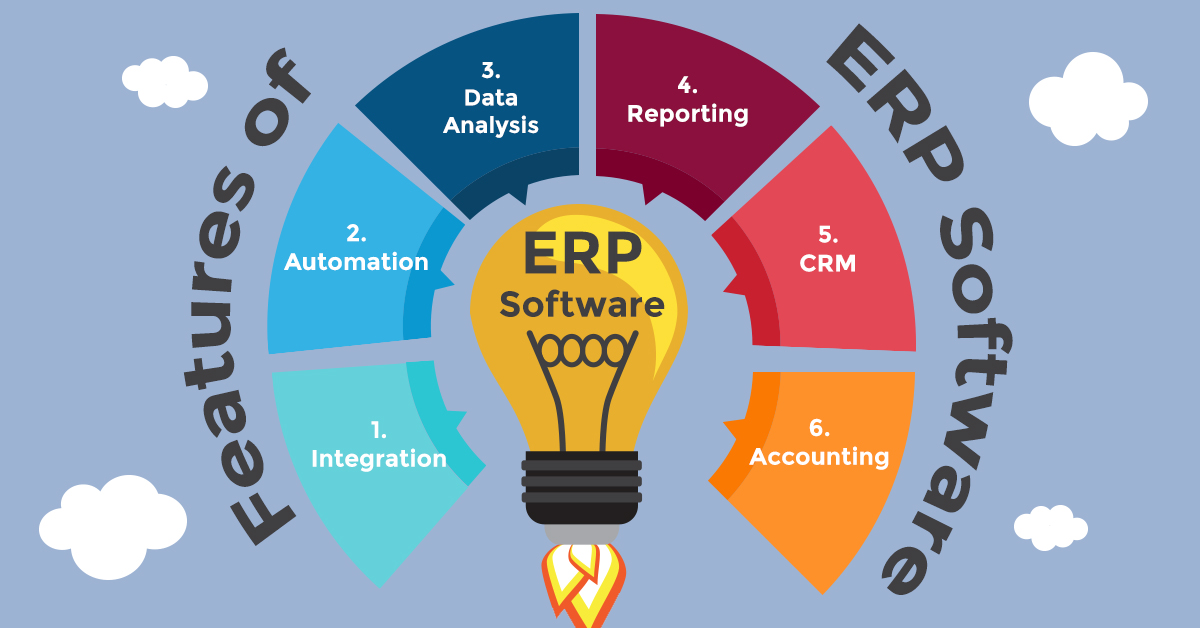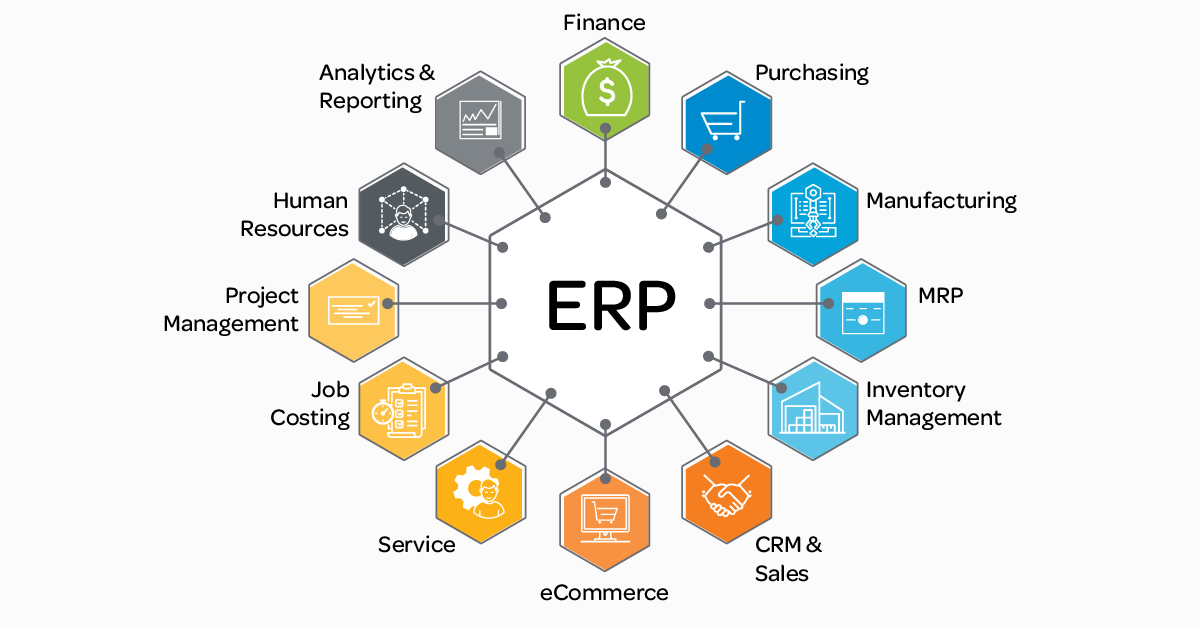erp software pdf overview Erp software vector icons need know things vectorstock royalty nexusby
Today, I want to talk to you about an incredible tool that has been transforming businesses all over the world. It's called ERP or Enterprise Resource Planning, and it's changing the way companies operate. Let's dive in and explore some of the key features and benefits of this remarkable software!
ERP Software Features

The first image here showcases some of the essential features that ERP software brings to the table. One of the most significant advantages is the seamless integration it offers across various departments within an organization. From finance and human resources to supply chain management and customer relationship management, ERP software ensures that all functions work together effectively.
With ERP software, businesses can streamline their processes, enhance productivity, and make more informed decisions. This system allows for real-time data tracking, which means that managers can access accurate information anytime, anywhere. This empowers organizations to respond quickly to changes in the market and make strategic decisions accordingly.
What is ERP?

Let's move on to the second image, which visually represents what ERP is all about. At its core, ERP is a software solution designed to centralize and streamline business operations. It serves as a single platform that connects various functions and departments, enabling efficient collaboration and information sharing.
ERP software offers a holistic view of the entire organization, allowing businesses to optimize their processes while reducing costs. By eliminating duplication of effort and minimizing manual tasks, companies can focus on strategic initiatives and core competencies that drive growth.
Now that we have a basic understanding of ERP and its benefits, let's take a closer look at how it works.
How ERP Works
ERP software operates through a centralized database, where all relevant data is stored. This data can be accessed and updated by different departments as required, ensuring consistency and accuracy across the organization. The software also facilitates automation of routine tasks, freeing up employees' time and reducing the chances of errors.
By integrating all business processes, ERP software enables seamless flow of information and reduces the need for manual data entry. This results in improved efficiency, increased productivity, and better decision-making.
Recipe for Success with ERP
Just like a recipe, implementing ERP requires careful planning and following the right steps:
Ingredients:
- A dedicated project team
- Clear understanding of business processes
- Effective change management strategies
- Training and support for employees
- Choosing the right ERP software
Instructions:
- Define your objectives and requirements.
- Select a reliable ERP vendor.
- Customize the software to fit your specific needs.
- Train your employees on how to use the new system.
- Gradually transition from old systems to ERP.
- Monitor and evaluate the performance of the software.
- Regularly update and maintain your ERP system.
Following this recipe will ensure a smooth and successful ERP implementation, helping your business thrive in today's competitive landscape.
As we conclude our discussion on ERP, we hope that you now have a better understanding of its features and benefits. ERP software has revolutionized the way businesses operate, empowering them to achieve operational excellence and drive growth. If you're considering implementing ERP, take the time to evaluate your business needs and select the right solution for your organization.
Remember, success with ERP is all about effective planning, seamless integration, and continuous improvement. Get ready to transform your business and unlock its full potential with the power of ERP!